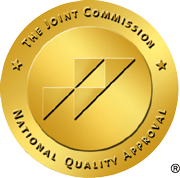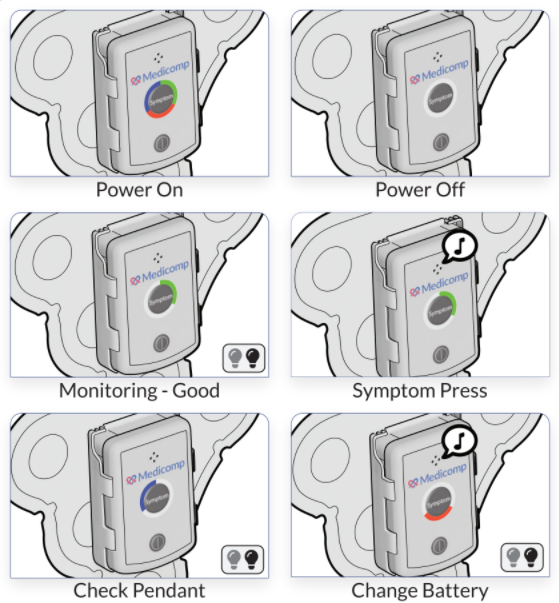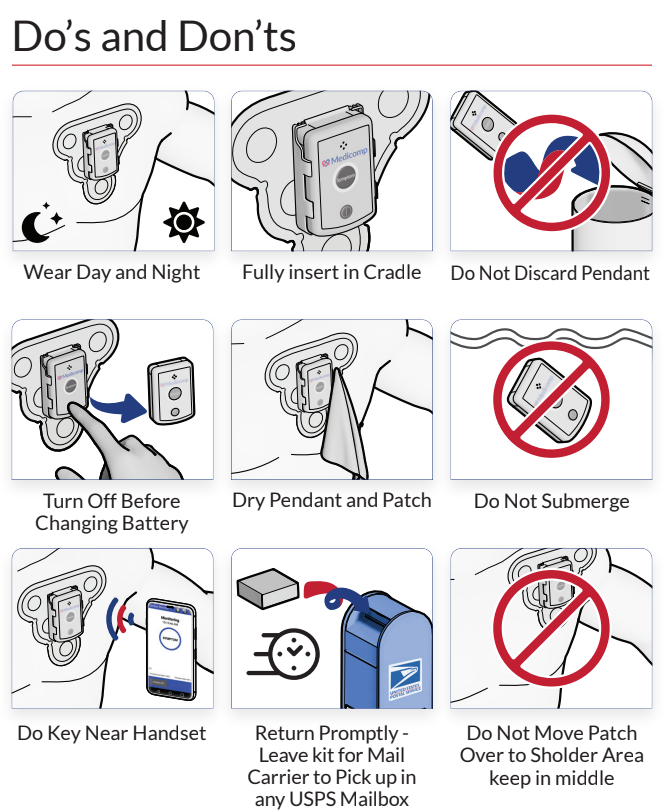As technology has grown and mobile cardiac monitors are being used more often, doctors have come to realize that there are some areas of medicine that have only begun to reach their true potential. In the case of 3D printing, doctors have been able to make unique producible solutions for many problems. Yet, as much as they’ve done to revolutionize the 3D field, more and more applications of 3D printing are being discovered.
One major achievement was recently created by Dr. James Otton and his team of Australian doctors, as they found a way to replicate an exact model of a patient’s heart. The group of doctors created the model so accurately that it even included the left atrial appendage (LAA). This was most important because the human heart is so intricate, and the connection with a Watchman device and the heart’s detailed components isn’t easy to match, even with the advances in technology today.
A patient’s heart can be replicated into a digital 3D model by using past CT scan data and later creating a 3D model out of flexible material. This gives the doctors a heart with mechanical properties to view the LAA. Being able to view the LAA in the model is essential because it’s rather detailed and difficult to judge the precise location the device will properly go inside the LAA.
Aside from the 3D model being so resourceful to doctors for the ensured safety of their patients, they can also be manufactured quite efficiently. In a matter of thirty minutes, the 3D printing of a patient’s heart can be achieved and at an inexpensive rate as well. However, cases may vary on when doctors decide it’s necessary to create a 3D model of a patient’s heart as not all hearts are so difficult to guide through.
Regardless, the achievement is rather significant as it will help doctors accurately accomplish procedures with far fewer risks than before. With the use of ReactDx’s mobile cardiac monitors aiding patients with their heart readings, doctors can use 3D modeling for patients that need procedures done based on any issues discovered from their monitors. For more information on mobile cardiac monitors, call us at 800-23-HEART.



